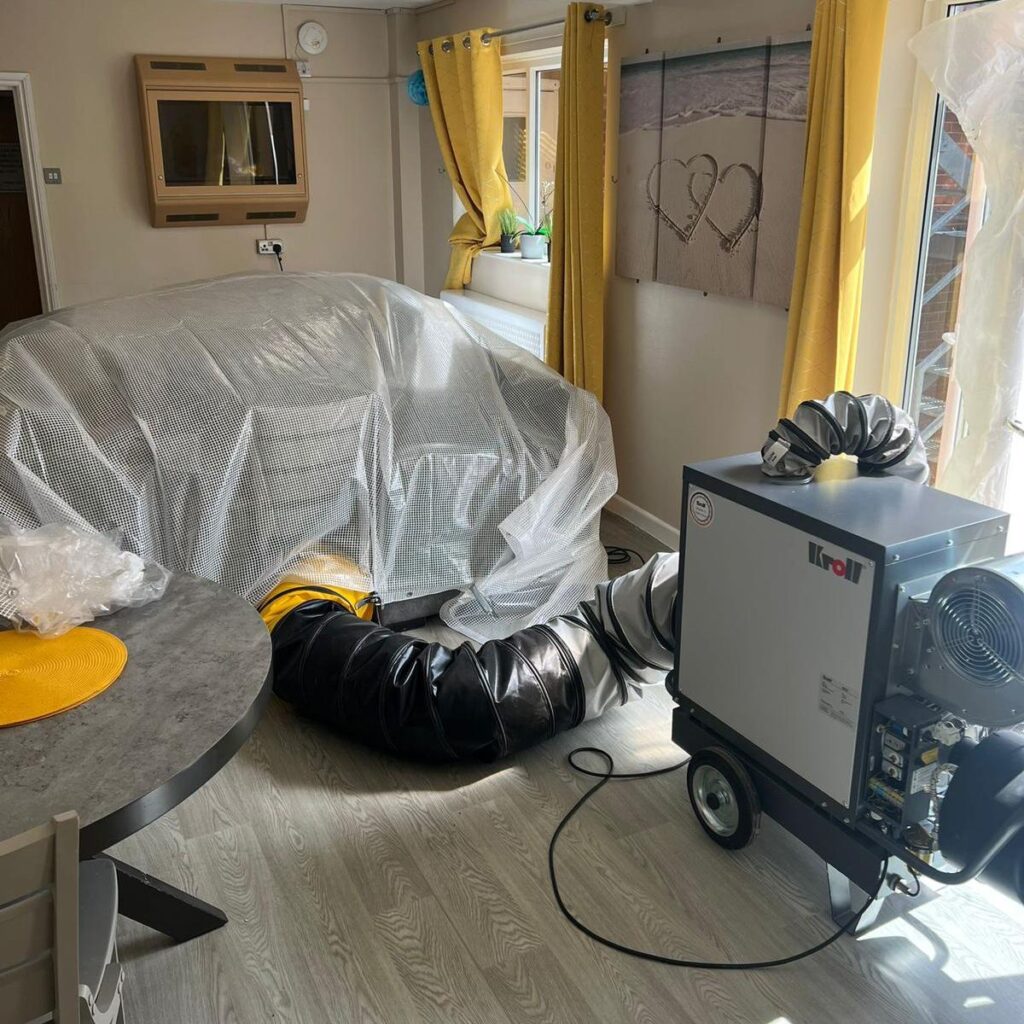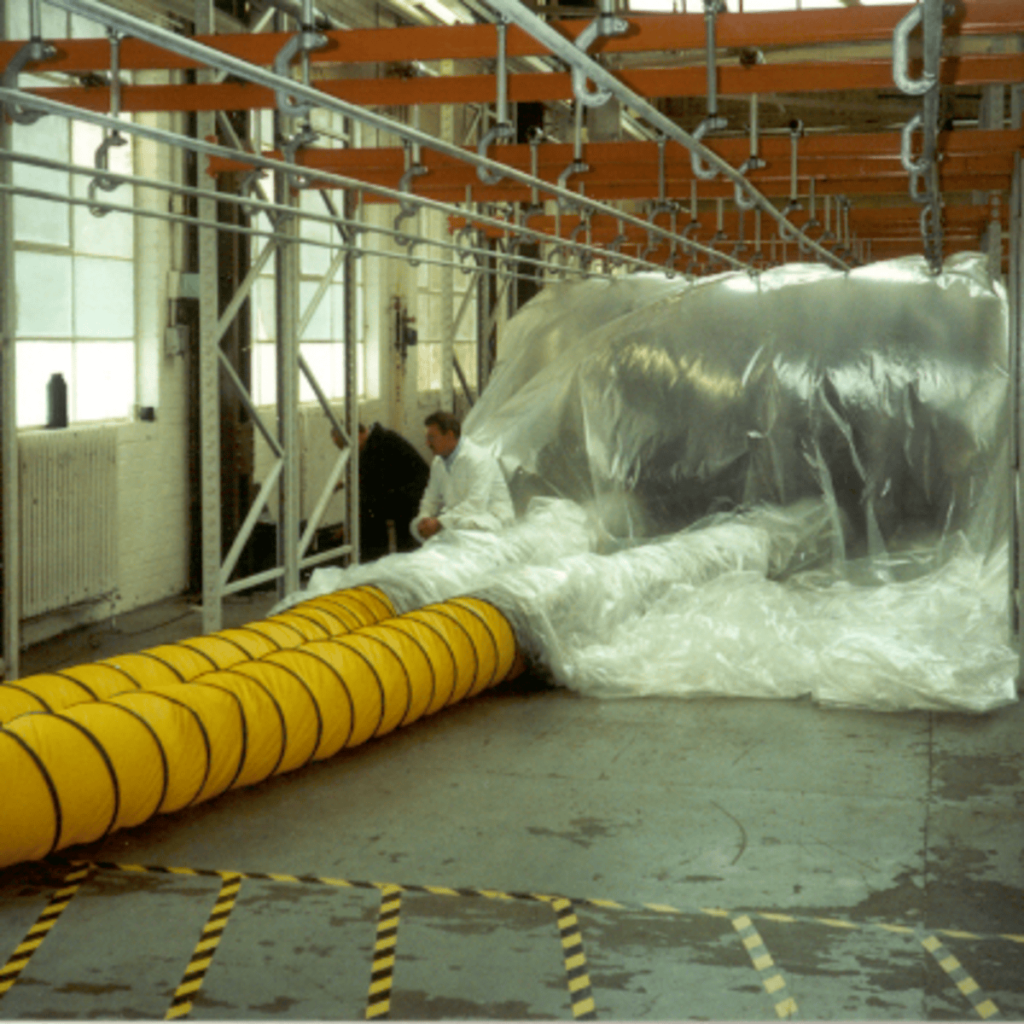Revolutionary Heat Treatments To Control Fleas Fast
Fleas are a common problem for homes and businesses throughout Swindon and the South West. There are several types of fleas found in the UK, mostly named after their preferred host animal. These include cat fleas, dog fleas, bird fleas and human fleas.
All flea species will bite humans and animals besides their preferred hosts, and can cause pain and distress. These minuscule insects can be incredibly hard to remove without professional help.
Thankfully, Mission Pest Control has invested in state-of-the-art heat treatment technology to get rid of fleas and other insect pests, including moths, cockroaches, carpet beetles, bed bugs and more.
Heat treatment is the perfect solution for fleas and other tiny bugs as it only uses air heated to high temperatures, which can get into even the smallest cracks and crevices.
By raising the temperature to 50°C to 60°C (122°F to 140°F), we can get rid of fleas, eggs and larvae quickly, with minimal disruption and no harmful residue.
Our revolutionary heat treatments are ideal for homes and businesses of all sizes and types. Mission Pest Control wants to revolutionise flea removal throughout Swindon and beyond, so to get fast, effective removal of all fleas on your property, call us now on 01793379333.

Expert Flea Control Across Swindon
Signs Of A Flea Infestation
Adult fleas only grow to between 1 and 4mm in length, which is about the same as a grain of sand. Flea larvae and eggs are even smaller. As such, it can be almost impossible to spot fleas, so you need to look out for common signs instead.

Itching
If you notice you or your pet scratching more than usual, this is an early sign of a flea infestation.
Flea bites cause itchiness, as does the sensation of fleas crawling over your skin.

Flea Bites
Look out for small, red welts on your pet or your own skin.
On humans, you can expect bites to be found in clusters, usually on exposed skin such as your arms, lower legs and neck.

Tiny White Dots
Even adult fleas can be hard to spot, as can flea dirt, but sometimes you might see tiny white specks.
Flea eggs look like grains of rice, and are often found on pet bedding, your pet’s fur or on soft furnishings.
If you notice any of these signs, then you may have a flea problem. Even homes without pets can get fleas through transference from infested people, animals or furniture. Contact us to book a professional flea treatment.
The Importance Of Professional Flea Treatment

When it comes to treating flea infestations, there are loads of DIY flea products on the market, and you might think you can save money by managing the problem yourself.
Unfortunately, these flea powders and sprays aren’t strong enough to remove fleas permanently and kill both adult fleas and their eggs. Because fleas can lie dormant in their pupal stage for up to a year, you might not realise that you still have fleas until several weeks or months later.
With heat treatment from Mission Pest Control, you can quickly ensure that your flea problem is gone for good.
Our experts can get rid of fleas from your property in hours rather than days, and they can treat not only the fleas but also their larvae and eggs, with the heat reaching into even the tiniest of crevices.
Alongside flea control for domestic properties, we also offer flea treatments for commercial properties, either as part of our ongoing commercial pest control services or as an emergency.
So, if you manage a pet care, hospitality or healthcare business and find yourself dealing with a flea infestation, we can help.
Call 01793379333 to find out more about how our cutting-edge heat treatment solutions for fleas can benefit you.
